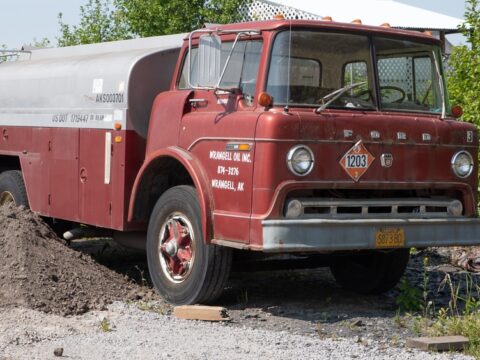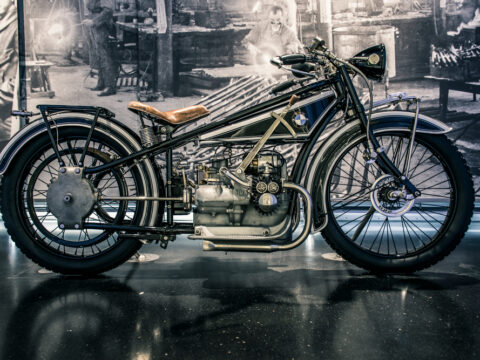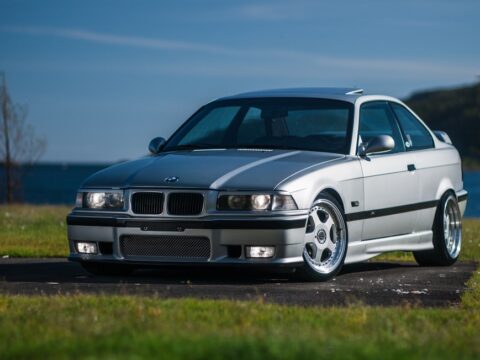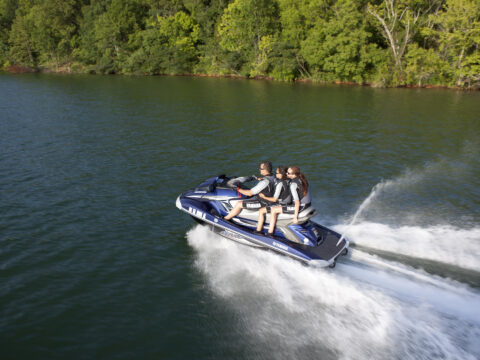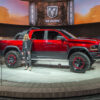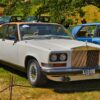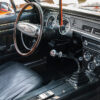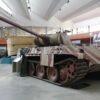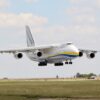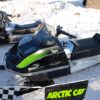Bombers have played a crucial role in shaping the outcomes of conflicts and maintaining global power dynamics. From their massive payloads to their advanced technology, these flying giants have left an indelible mark on military history. In this article, we explore the 20 most powerful bombers ever built, highlighting their impressive capabilities and the significant impact they’ve had on warfare.
Contents
B-52 Stratofortress

The B-52 Stratofortress, introduced in the 1950s, has become a symbol of American airpower due to its impressive longevity and versatility. Capable of carrying up to 70,000 pounds of weapons, including nuclear and conventional bombs, it boasts a range of 8,800 miles without refueling. Its advanced avionics, adaptability for various missions, and continuous upgrades have ensured its place as a cornerstone of strategic bombing for over six decades.
B-2 Spirit
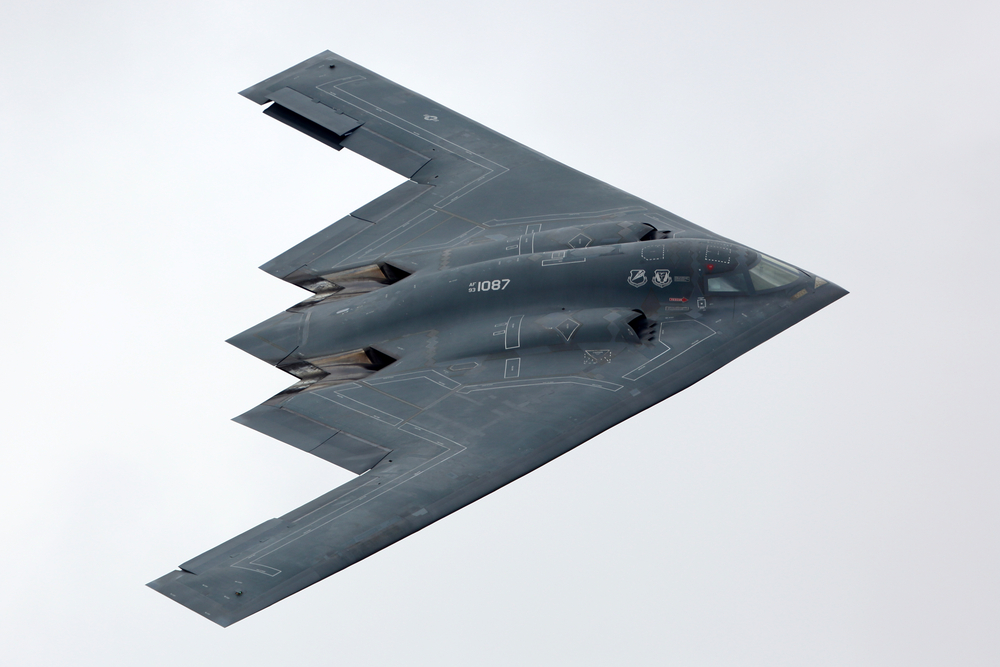
The B-2 Spirit, also known as the Stealth Bomber, revolutionized aerial warfare with its stealth technology, making it nearly invisible to radar. With a payload capacity of 40,000 pounds, it can deliver both nuclear and conventional weapons with precision. Its advanced avionics, low observable design, and long-range capabilities allow it to penetrate heavily defended airspace and deliver devastating strikes, making it a critical component of the U.S. strategic bomber fleet.
B-1 Lancer
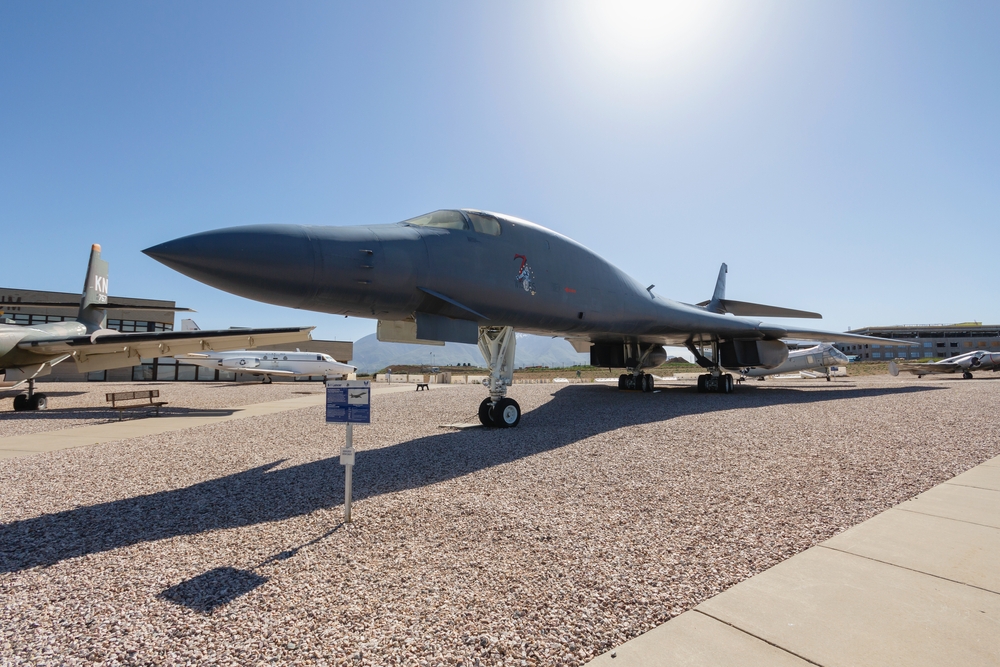
The B-1 Lancer, a supersonic variable-sweep wing bomber, excels in both speed and payload capacity. It can carry up to 75,000 pounds of ordnance, including cruise missiles and precision-guided munitions. Its high speed (Mach 1.25) and low-level penetration capabilities allow it to evade enemy radar and defenses, making it a versatile and formidable asset in both strategic and tactical bombing roles.
Tupolev Tu-160 (Blackjack)
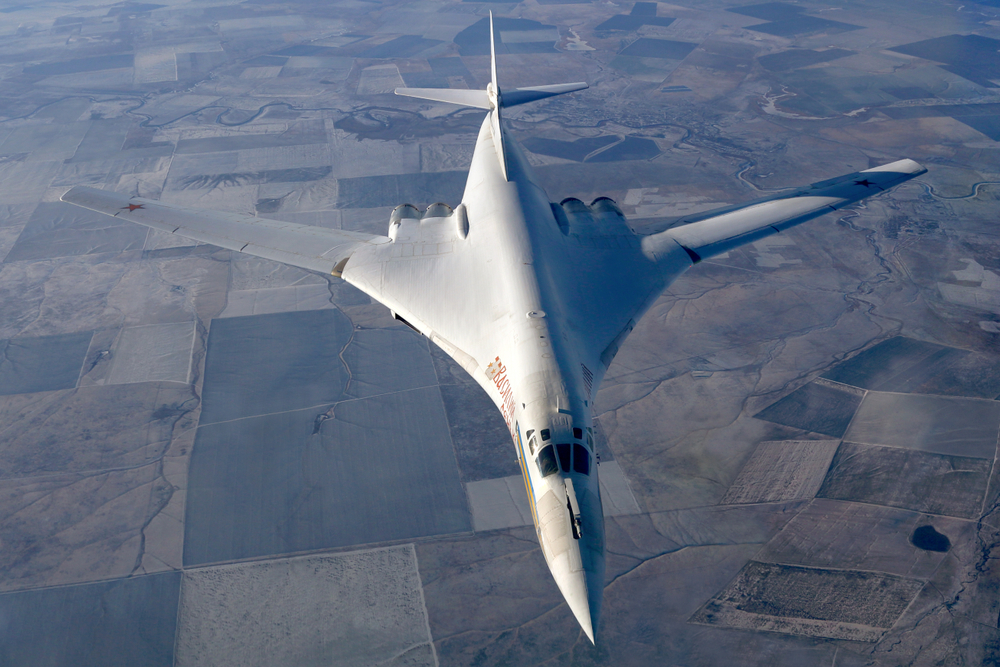
The Tupolev Tu-160, known as the Blackjack, is the largest and heaviest supersonic bomber ever built. It can carry 88,000 pounds of weapons, including nuclear missiles and conventional bombs. With a top speed of Mach 2.05 and a range of 7,600 miles, it combines speed, range, and payload capacity, enabling it to strike targets globally. Its variable-sweep wings and advanced avionics enhance its operational flexibility and survivability.
Tupolev Tu-95 (Bear)
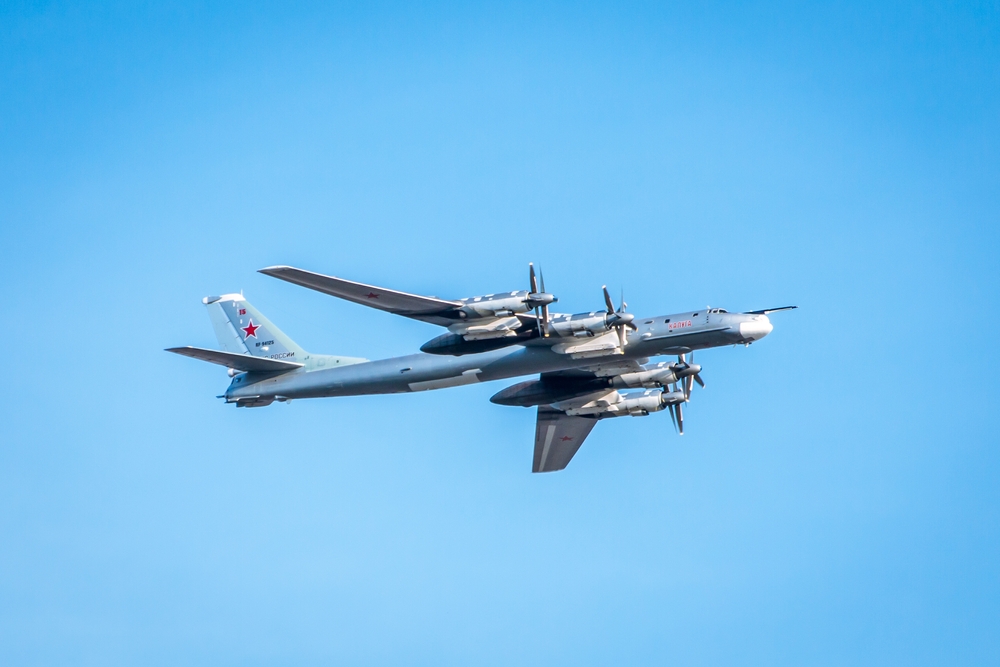
The Tupolev Tu-95, or Bear, is a strategic bomber with an unmistakable turboprop design. Despite its age, it remains in service due to its long range (over 9,000 miles) and ability to carry nuclear and conventional weapons. Its unique counter-rotating propellers give it a distinctive appearance and the ability to loiter for extended periods, making it a reliable platform for both reconnaissance and strategic bombing missions.
Avro Vulcan

The Avro Vulcan, part of the UK’s V-bomber force, was known for its delta-wing design and high-altitude bombing capabilities. Introduced in the 1950s, it could carry nuclear and conventional bombs with a range of 4,600 miles. Its advanced aerodynamics and avionics for its time allowed it to evade enemy radar and deliver its payload with precision, playing a critical role in the UK’s nuclear deterrent during the Cold War.
Handley Page Victor
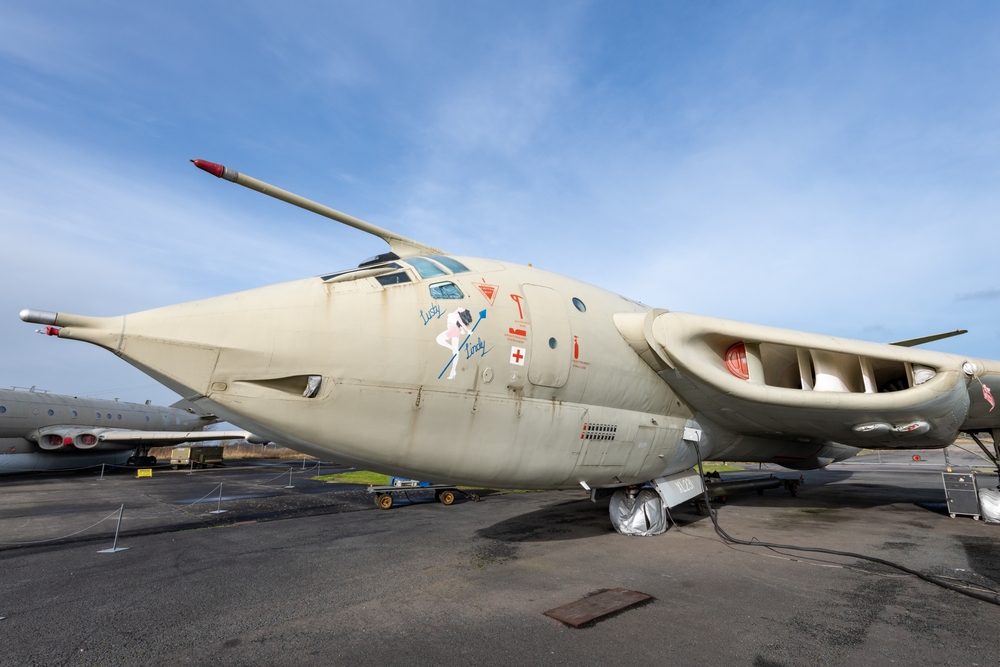
The Handley Page Victor, another member of the UK’s V-bomber force, was designed for high-speed, high-altitude bombing missions. With a range of 5,000 miles and a payload capacity of up to 35,000 pounds, it served as both a strategic bomber and an aerial refueling tanker. Its distinctive crescent-shaped wings and advanced radar systems made it a key component of the UK’s nuclear deterrent strategy.
Rockwell B-1B Lancer
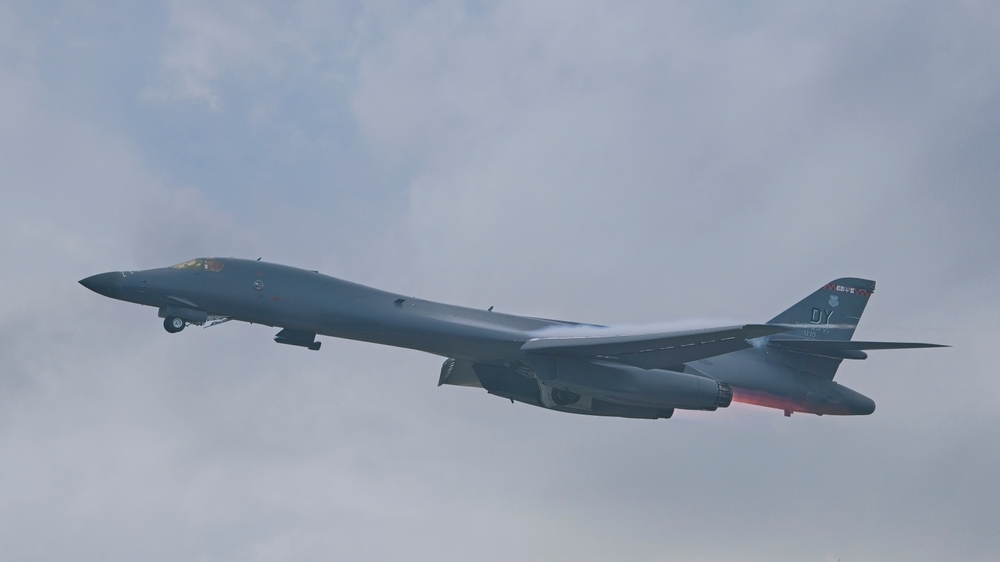
The Rockwell B-1B Lancer, an upgraded version of the B-1A, features improved avionics, stealth capabilities, and a higher payload capacity of 75,000 pounds. It can perform low-level penetration missions at high subsonic speeds, making it highly effective against advanced air defense systems. Its ability to carry a diverse range of munitions, including cruise missiles and precision-guided bombs, ensures its versatility in modern combat scenarios.
Northrop Grumman B-21 Raider
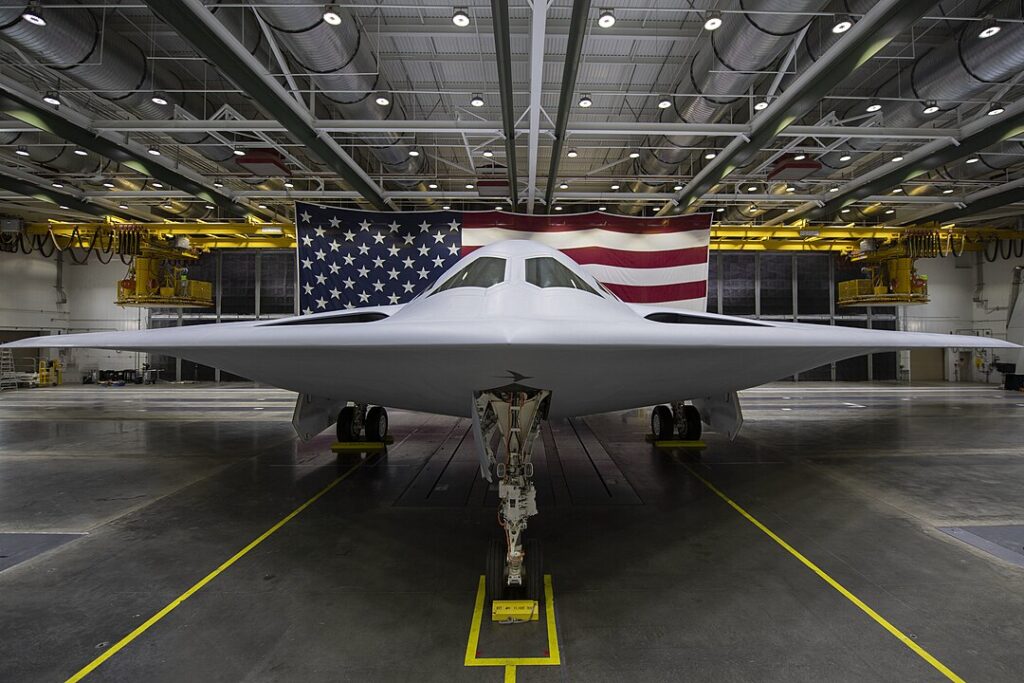
The Northrop Grumman B-21 Raider, currently under development, promises to be the next-generation stealth bomber for the U.S. Air Force. Designed to replace the B-2 Spirit, it will feature advanced stealth technology, a long-range strike capability, and the ability to carry a variety of nuclear and conventional weapons. Its emphasis on survivability and adaptability to future threats will make it a cornerstone of U.S. strategic bombing for decades to come.
Sukhoi T-4 (Sotka)

The Sukhoi T-4, known as the Sotka, was a Soviet supersonic bomber prototype developed in the 1960s. Although it never entered production, its design included advanced features such as a top speed of Mach 3 and a range of 4,300 miles. Its titanium construction and advanced avionics showcased the Soviet Union’s ambition to develop a high-speed, high-altitude strategic bomber capable of penetrating enemy defenses.
B-29 Superfortress
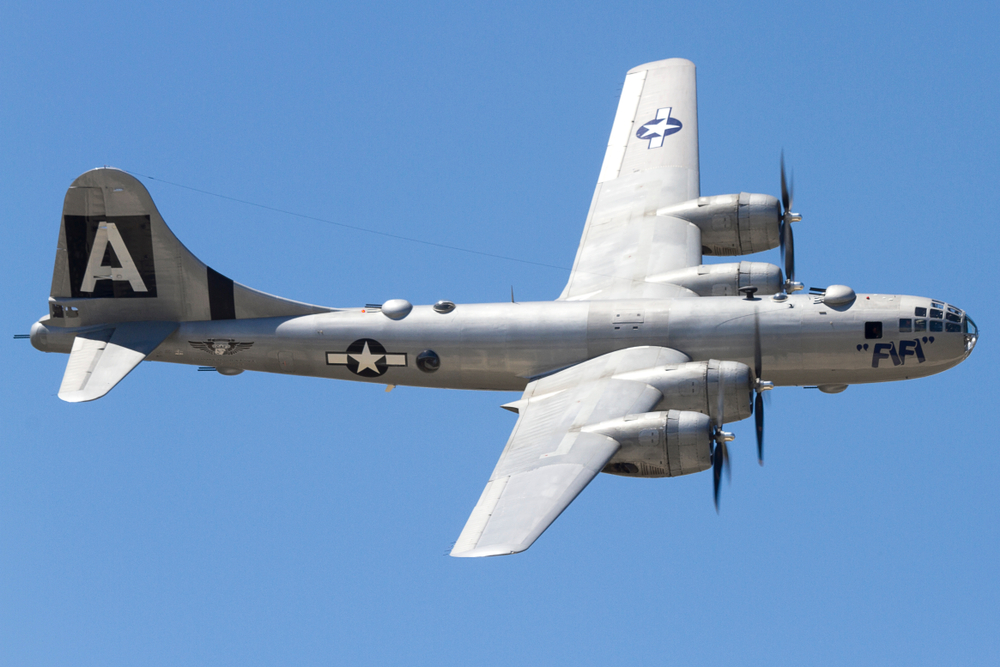
The B-29 Superfortress, a World War II-era bomber, is best known for dropping the atomic bombs on Hiroshima and Nagasaki. With a pressurized cabin, remote-controlled gun turrets, and a range of 3,250 miles, it represented a significant technological advancement in strategic bombing. Its ability to carry a large payload of 20,000 pounds and operate at high altitudes made it a formidable weapon in the Pacific Theater.
B-36 Peacemaker

The B-36 Peacemaker, with its massive wingspan and six-piston engines, was the first intercontinental bomber capable of delivering nuclear weapons. It had an impressive range of 10,000 miles without refueling and could carry a payload of 86,000 pounds. Its ability to fly long missions and deliver strategic payloads deep into enemy territory made it a critical component of the U.S. nuclear deterrent during the early Cold War.
B-47 Stratojet
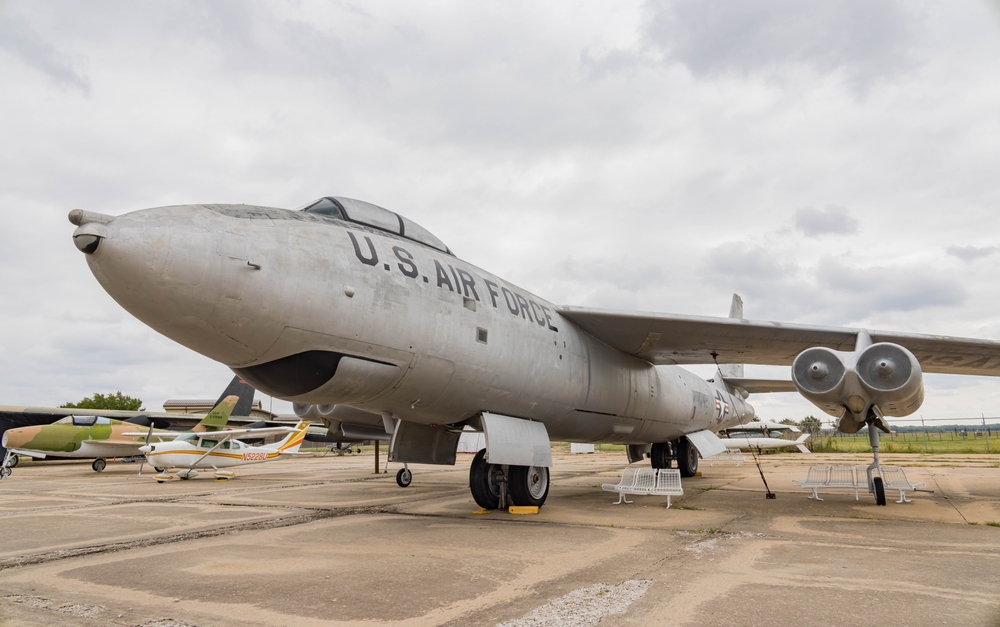
The B-47 Stratojet, an early jet-powered strategic bomber, was a key component of the U.S. Air Force’s Strategic Air Command in the 1950s. Its swept-wing design, high speed (Mach 0.85), and range of 4,000 miles allowed it to penetrate enemy defenses effectively. With a payload capacity of 25,000 pounds, it was instrumental in transitioning the U.S. bomber fleet from propeller-driven aircraft to jet-powered bombers.
Tu-22M (Backfire)
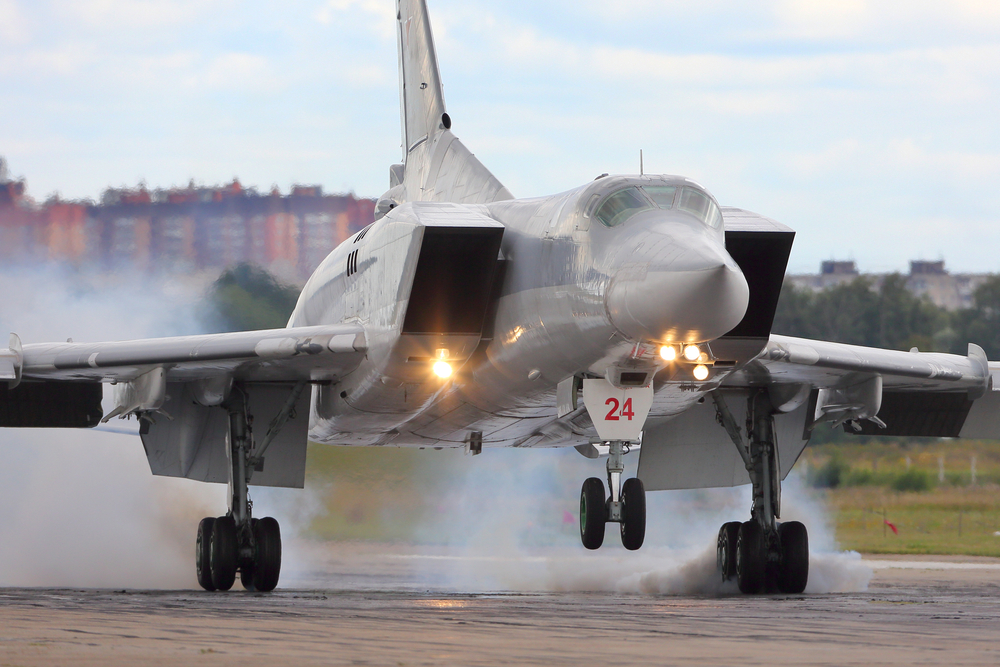
The Tu-22M, known as the Backfire, is a Soviet long-range supersonic bomber capable of carrying nuclear and conventional weapons. Its variable-sweep wings allow for high-speed, low-altitude penetration missions, while its range of 4,350 miles and payload capacity of 53,000 pounds make it a versatile and powerful bomber. Its continued upgrades and service life extension programs highlight its enduring value in the Russian Air Force.
B-17 Flying Fortress

The B-17 Flying Fortress, a World War II-era heavy bomber, earned its name due to its durability and defensive firepower. It could carry a payload of 8,000 pounds and had a range of 2,000 miles. Its numerous machine gun positions and robust design allowed it to withstand significant damage while delivering precision bombing raids over Europe, making it a symbol of American airpower during the war.
B-24 Liberator
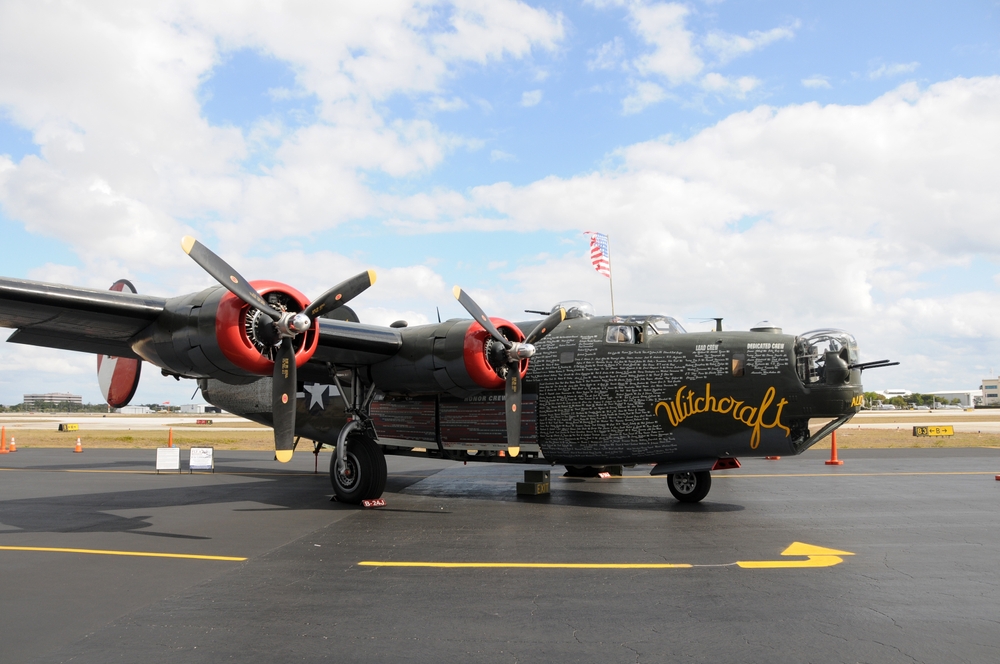
The B-24 Liberator, another iconic World War II bomber, was known for its long range (2,850 miles) and high payload capacity (up to 8,800 pounds). It played a crucial role in both the European and Pacific Theaters, performing strategic bombing, anti-submarine patrols, and cargo transport missions. Its versatility and production numbers made it one of the most important bombers of the war.
B-58 Hustler

The B-58 Hustler was the first operational supersonic bomber, capable of reaching speeds of Mach 2. It featured a delta-wing design and could carry a nuclear payload of up to 10,000 pounds. Its speed and altitude capabilities allowed it to evade enemy defenses, and its advanced avionics and aerodynamic design represented a significant leap forward in bomber technology during the Cold War.
XB-70 Valkyrie
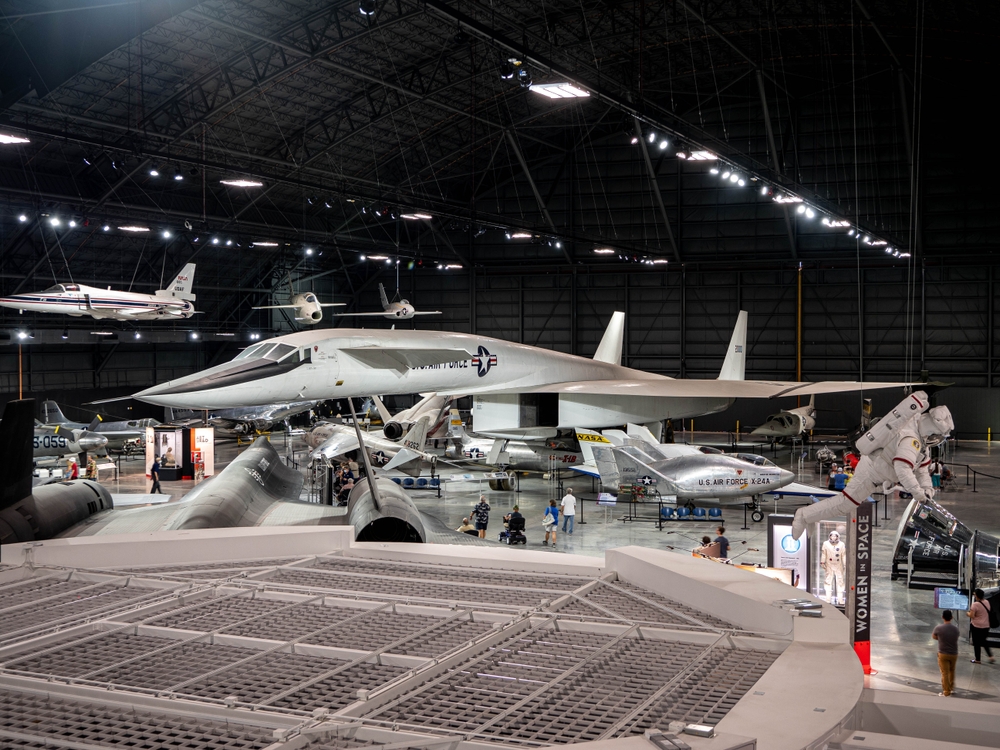
The XB-70 Valkyrie, a prototype strategic bomber, was designed to fly at speeds of Mach 3 and altitudes of 70,000 feet. Its unique design featured canards and variable-sweep wings, allowing for high-speed performance and long-range capabilities. Although it never entered production, its technological innovations influenced future aircraft designs and highlighted the potential for high-speed strategic bombing.
Short S.29 Stirling

The Short S.29 Stirling, the first four-engine heavy bomber used by the Royal Air Force during World War II, had a range of 2,000 miles and could carry a payload of up to 14,000 pounds. Its robust design and versatility allowed it to perform a variety of roles, including strategic bombing, mine-laying, and transport missions, contributing significantly to the Allied war effort.
Heinkel He 177 Greif
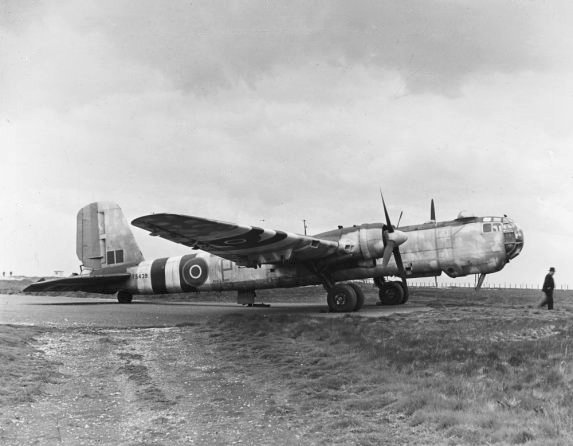
The Heinkel He 177 Greif was a German long-range bomber used during World War II. It featured a unique twin-engine design and could carry a payload of 13,200 pounds. Despite its mechanical issues, it was capable of performing precision bombing and anti-shipping missions. Its development and operational history reflect the challenges and innovations of wartime aviation technology in Nazi Germany.Copy
This article originally appeared in MyCarMakesNoise.
More from MyCarMakesNoise
13 Vintage Convertible Classics That Never Go Out of Style

Vintage convertibles have an undeniable allure that transcends generations, epitomizing the essence of open-air driving with their iconic designs and robust performance. These timeless classics symbolize freedom and style, captivating collectors and driving enthusiasts worldwide. Read More
10 Legendary Race Bikes That Dominated MotoGP History

Explore the world of MotoGP through the lens of its most dominant race bikes. These machines combine cutting-edge technology and extraordinary engineering to drive riders to victory and set new standards in racing excellence. Read More
The Top 20 Legendary Fighter Jets in Military History

Fighter jets have played a crucial role in shaping the outcomes of conflicts and securing air dominance throughout military history. From the sleek designs of World War II to the advanced technology of modern jets, these aircraft have become legends in their own right. Read More

